Adopt a plant, save a bat: El Pasoans help create habitat for endangered bats by fostering agaves
A new partnership between El Paso Zoo and Bat Conservation International (BCI) gives El Pasoans the chance to help an endangered bat species in its epic annual migration through Texas.
In honor of Earth Day 2022, El Pasoans adopted one hundred agave plants to help create a resilient nectar corridor for the bats in Texas. Volunteers will tend to the agaves for a year, until they can survive in the wild.
Every year, pregnant Mexican long-nosed bats (Leptonycteris nivalis) migrate more than 700 miles from central to northern Mexico. After giving birth, the bat mothers spend the summer feasting on agave flowers in the Big Bend region of Texas and New Mexico's Bootheel. But according to BCI, the Mexican long-nosed bat population has plunged 50% in the past decade. Habitat loss is the likely culprit and climate change is another threat to the bats' survival.
Conservationists at the El Paso Zoo and BCI say the program helps educate residents of the Chihuahuan Desert about the connection between bats and agave and the impacts of climate change.
"It's an amazing feat that these pregnant females can make such a long migration," said BCI bat specialist Kristen Lear. "But across that migratory range, the agave plants are being lost to agricultural expansion, ranching and urban development. Our Agave Restoration Initiative is to restore that migratory landscape for the bats."
More: Enjoy the blooms of the El Paso Cactus and Rock Club's Garden Tour 2022
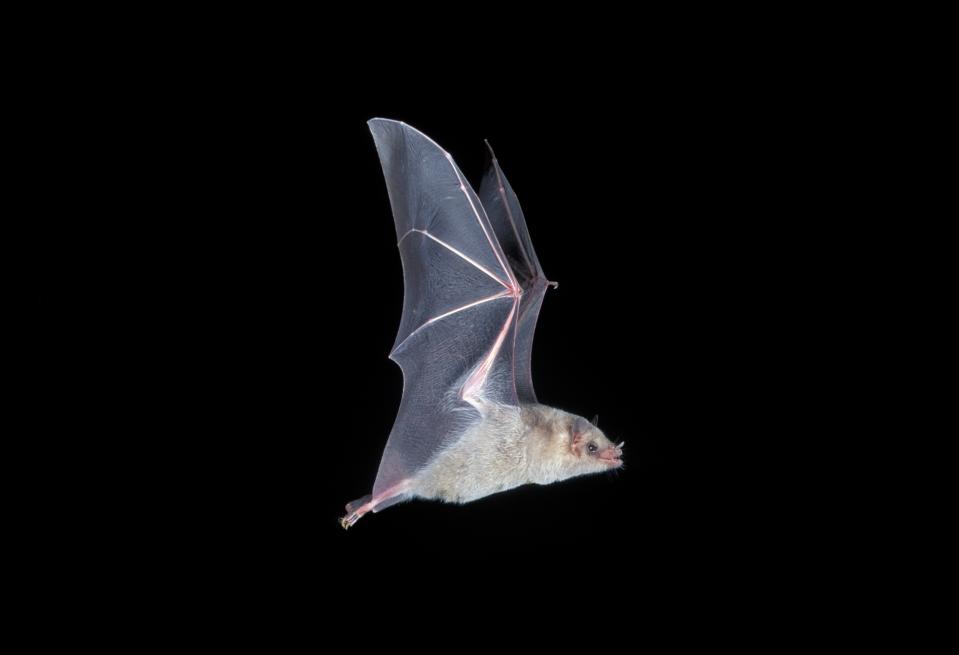
Endangered bats pass through Texas on remarkable migration route
Mexican long-nosed bats travel every spring from Mexico to a cave in Big Bend's Chisos Mountains, where mothers roost with their offspring. According to BCI, up to 3,000 bats use the cave between April and September.
El Paso Zoo education curator Rick LoBello worked as a ranger at Big Bend National Park in the 1980s. Hegot to feed bats with a colleague who studied the species.
During the summer months, the bats seek out agave flowers, like those of the Century Plant, also known as agave americana.
More: El Paso man pleads guilty in West Texas living rock cactus smuggling ring
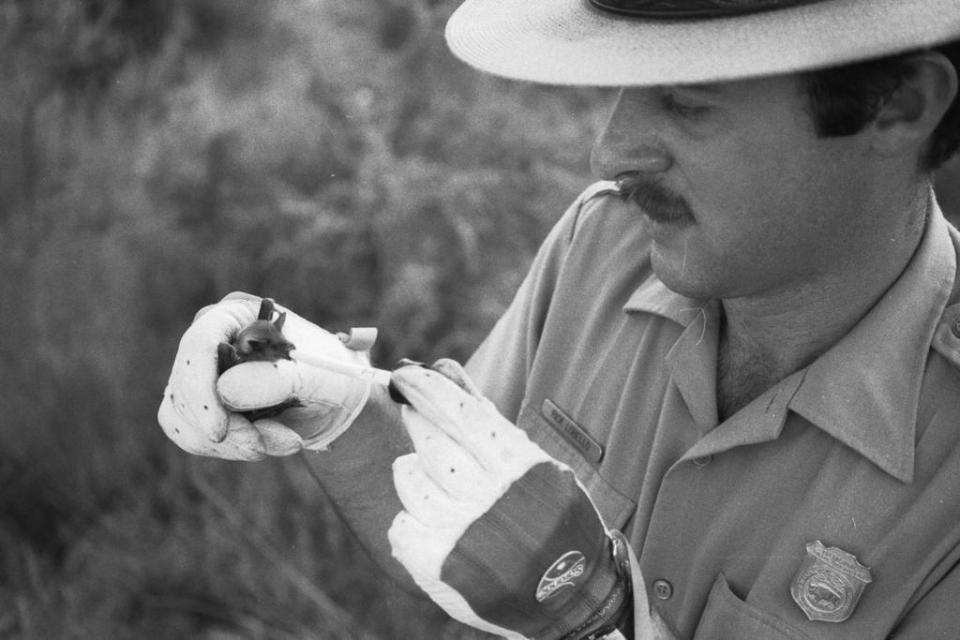
"I would say the Century Plant is probably the most spectacular plant that lives in the Chihuahuan Desert," LoBello said. "It's really the cafeteria plant of the desert, so many species feed off it."
Agave also has medicinal uses and is the base ingredient for tequila and mezcal. But habitat loss from agriculture, ranching and urban development threatens agaves. When agaves disappear, the bats lose their most important food source.
Climate change is another threat. In 2021, the Endangered Species Coalition named the Mexican long-nosed bat as one of 10 key species severely impacted by climate change and human behavior.
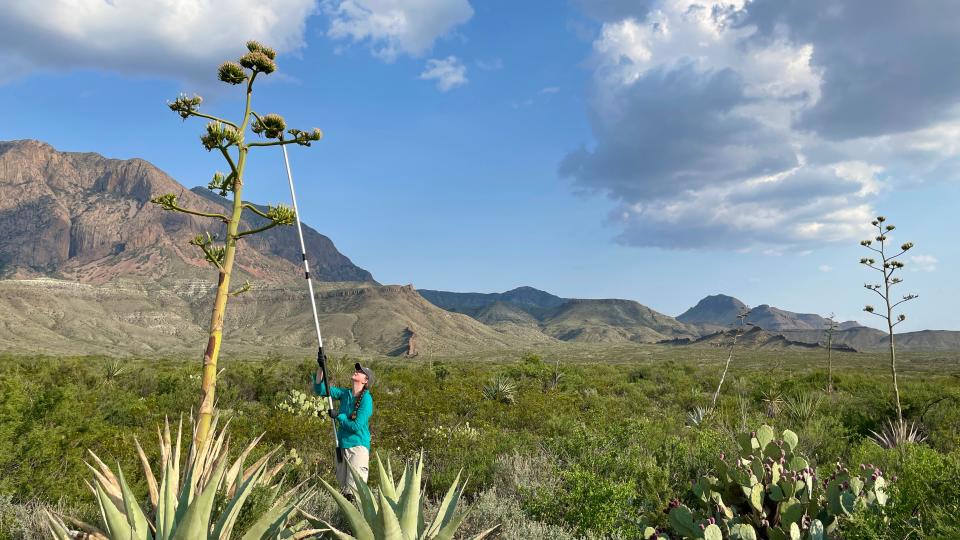
"Nobody knows how climate change is going to affect the habitat the bats are using now," LoBello said. "But there is a chance that climate change will impact the agaves living in Big Bend."
Just like climate change forces people to migrate, the geographic range of plants and animals is shifting. By creating and protecting habitats at higher elevations, a practice known as assisted migration, conservationists hope to give species a better shot at survival.
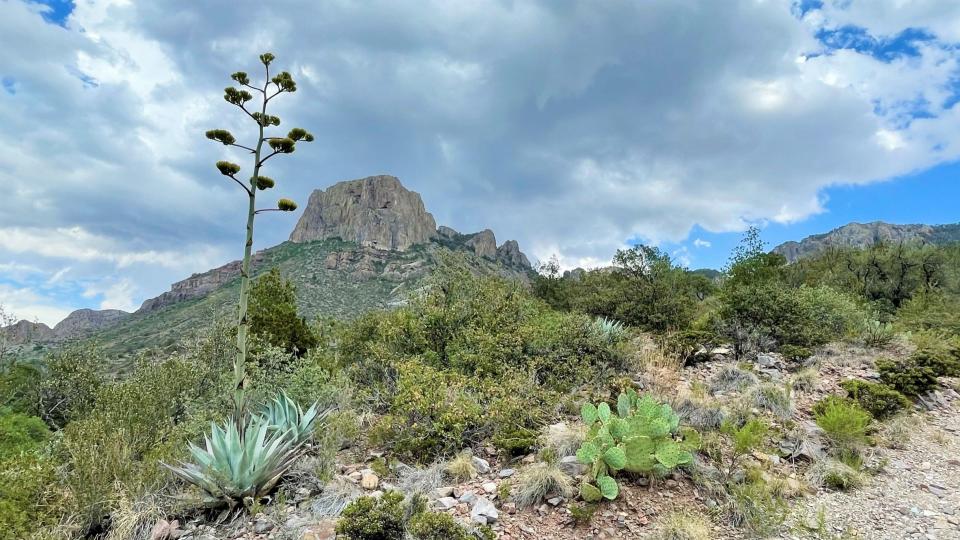
The adopted agaves will eventually be planted in the Davis Mountains, which is cooler and at a higher elevation than the Big Bend.
"The bat doesn't live there now, but maybe one day they will if they find a food source," LoBello said. "By supporting this pilot project, we can help this bat and other species in the future move into higher elevations to the north."
BCI collected agave seeds and propagated them at Sul Ross State University in Alpine, Texas. The agaves were then transported to the El Paso Zoo. People volunteered after seeing posts on social media about the program. They picked up their agaves April 16.
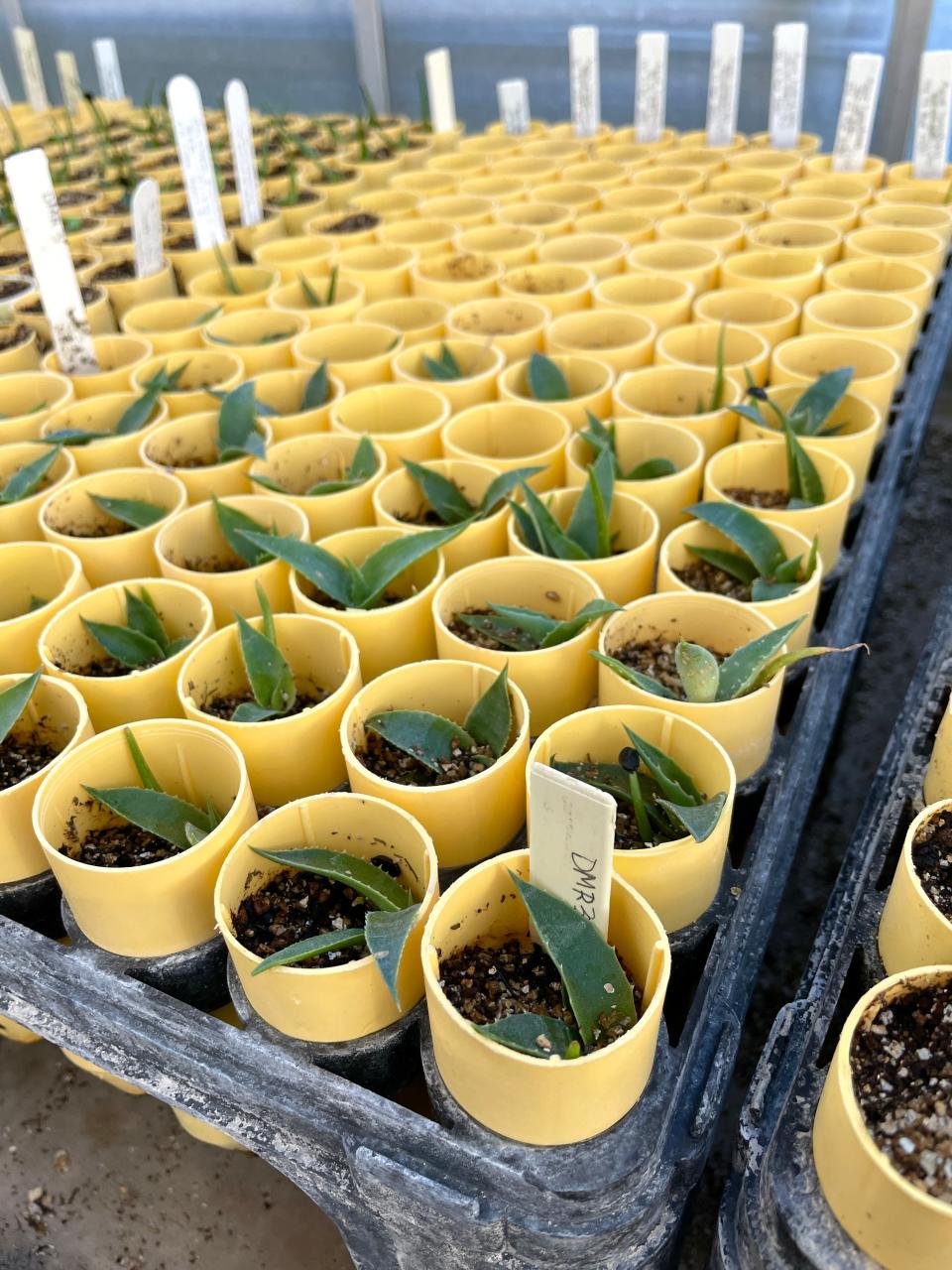
"I think people resonate with agaves as part of the landscape," said BCI's Lear, who studied agave restoration and bat conservation in Mexico while earning her Ph.D. in Integrative Conservation. "So any way we can involve the public is a great win for us."
LoBello and Lear said the agave adoption program with the Zoo is the first of its kind.
"We recognize that not all the plants that we adopt out will survive and make it back to the Zoo," Lear said. "But that's part of the process of learning how to do this kind of public conservation work."
More: Population of Mexican gray wolves in the wild grew 5% last year to 196
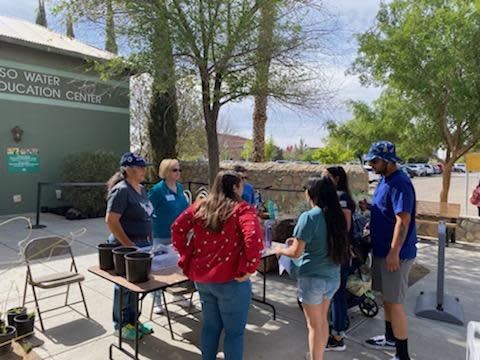
West Texans can help bats and agaves thrive
Lear and LoBello were thrilled by the large number of volunteers. While all the agaves are claimed, there are other ways desert denizens can help can help preserve habitat for migratory bats.
"Northern Chihuahua and west Texas are a critical area to protect and make sure that (bats) have resilient food plants throughout that whole chain of of the migratory corridor," Lear said.
She suggested ranchers fence off patches of agave plants to protect them from cattle. She said homeowners can lightly water agaves on their property during drought season.
LoBello said urban development in and around El Paso too often destroys natural habitats.
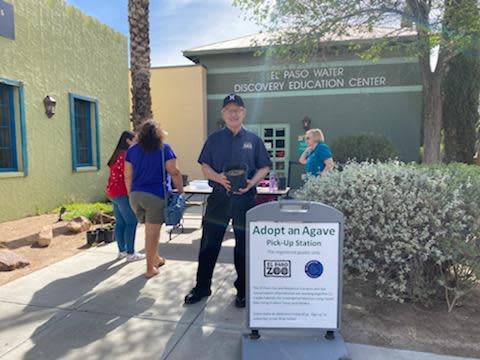
"You shouldn't tell the bulldozer to wipe out everything, but that's what we do in El Paso," he said. "We need to learn to develop in ways that leave wildlife corridors and habitat within the areas we're developing."
LoBello said planting native species on residential properties both increases property values and creates habitat. He rescued one agave americana plant that has now propagated many new plants in his yard.
"Now I've got agaves everywhere," he said. "They're going to outlive me."
More: Try telling a big cat to social distance: El Paso Zoo staff help lions recover from COVID
Staff writer Martha Pskowski may be reached at mpskowski@elpasotimes.com and @psskow on Twitter.
This article originally appeared on El Paso Times: Adopt an agave: El Pasoans help create habitat for endangered bats

